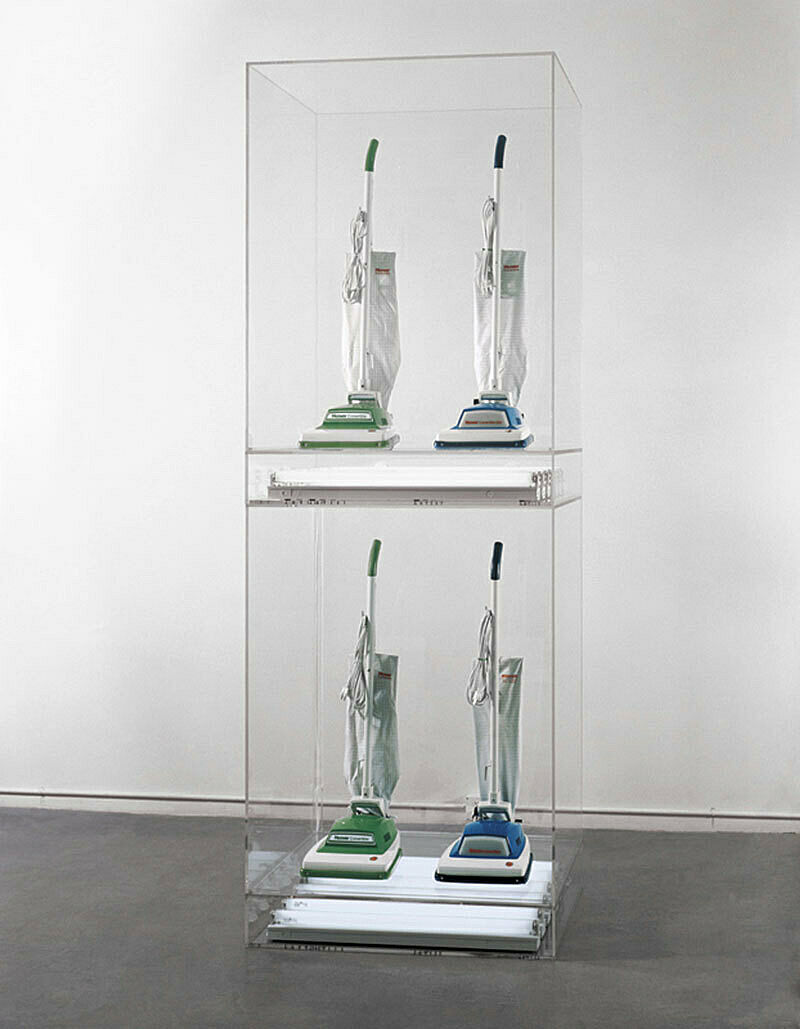Almost Human
Explore the meaning of anthropomorphic
To Koons, the inflatables possessed human-like qualities. He said: “I think of the inflatables as anthropomorphic, we are ourselves inflatables, we take a breath, we expand, we contract, our last breath in life, our deflation.”
With your students, review Inflatable Flowers (Short Pink, Tall Purple), 1979. Think about how an inflatable works. What might happen to these objects in their lifecycle? How might they change over time?
a. Ask students to unpack and discuss the word anthropomorphic and its meaning. For example, anthro is related to anthropology, the study of humans and morph is when something transforms into something else. Ask students to research and discuss dictionary definitions of anthropomorphic. In what ways do Koons’s inflatables remind your students of humans? Use their dictionary findings and definitions of anthropomorphic as a jumping-off point to explore Koons’s works and debate whether they have anthropomorphic qualities or not.
b. Koons has also referred to works such as New Hoover Convertibles, Green, Blue; New Hoover Convertibles, Green, Blue; Double-Decker (1981–87) as both family units and as “. . . breathing machines. Many aspects of them are anthropomorphic that relate to an individual.”
With your students, view and discuss this sculpture. Ask students to think about how vacuum cleaners work. In what ways might they be anthropomorphic?
c. What other everyday objects have anthropomorphic qualities? Ask students to look for anthropomorphic objects around their classroom or home. Discuss what makes these objects anthropomorphic—is it their shape, function, or both?
d. Ask students to find works of art in the Whitney’s online collection that have anthropomorphic qualities /collection/works. Have students work in small groups to identify a work and share with the class how this work is anthropomorphic.

